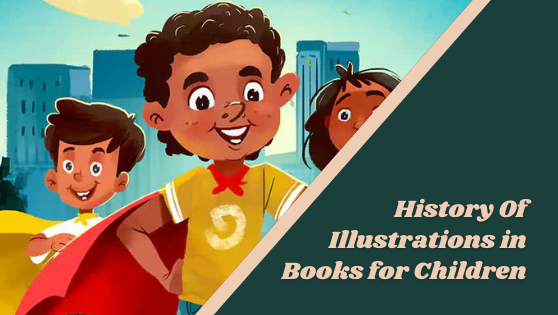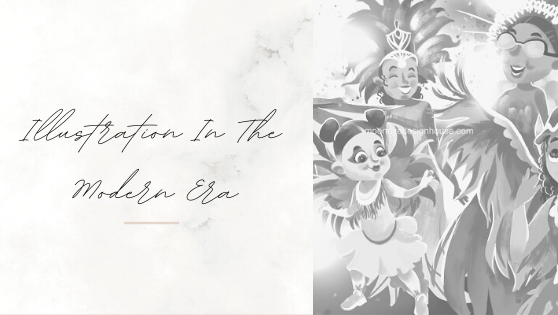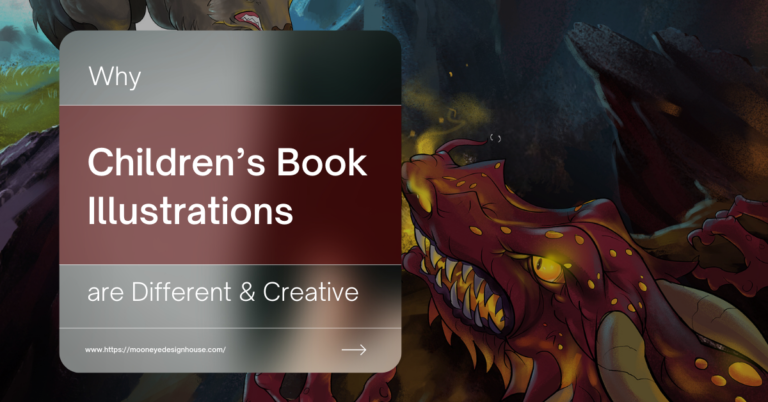
We have confined book illustrations to children’s books. However, book illustrations have a rich history.
Before being shunned as only for children, book illustrations were an integral part of Literature. Illustrations existed as far back as the 15th century in block books. Essentially the words were carved into the same block as the image, giving them the appearance of a modern graphic novel.
The practice of publishing adult fiction accompanied by representative images originated in the mid 18 and 19th centuries. The importance of these illustrations was of such significance that Charles Dickens closely collaborated with his illustrator to depict the most accurate representation. Melanie McDonagh in The Independent said that Dickens would provide outlines before he wrote the text and monitored the drawings to ensure that they matched precisely with his conceptions.
The children’s books that existed before the 18th century consisted mainly of instructional textbooks such as spelling and grammar books or conduct books. Often void of illustrations. Later, becoming more popular, books meant for children had these illustrations in them. But unlike the precise visual representation that Dickens sought, these illustrations served a different function.,
The children of the 18th century read moral teaching, pious and preachy books. The epitome of which is James Janeway’s A Token for Children (1671-72). It gives what its subtitle describes as ‘an Exact Account of the Conversion, Holy and Exemplary Lives and Joyful Deaths of Several Young Children’. These children lie on their deathbeds, giving accounts of the sins too often committed by children – idleness, disobedience, inattention to lessons, boisterousness, neglecting the Sabbath – but tell those assembled round them that salvation awaits all who renounce such wickedness.
The illustrations here served two functions. 1stly they added visual value to the text. Children are not avid readers: most of them have only recently procured the skill of reading and understanding text. It is therefore imperative that visual aid be provided to encourage reading.
Moreover, these illustrations create an everlasting image. If we observe closely, children’s stories are of two types, the happy relatable type, and the horror type. The former focuses on good qualities that are to be nurtured, such as kindness. While the horror tales deter children from unsocial actions, like the monster that will catch them if they stay up too late. Illustrations serve to imprint these images in the developing mind of the child.
Conclusion: Children’s Book Illustrators are essential: they provide a visual art that attracts children. They also make the cover illustrations. The India Based Illustration agency is a fine example. Go to https://mooneyedesignhouse.com/ for all your illustration needs.





